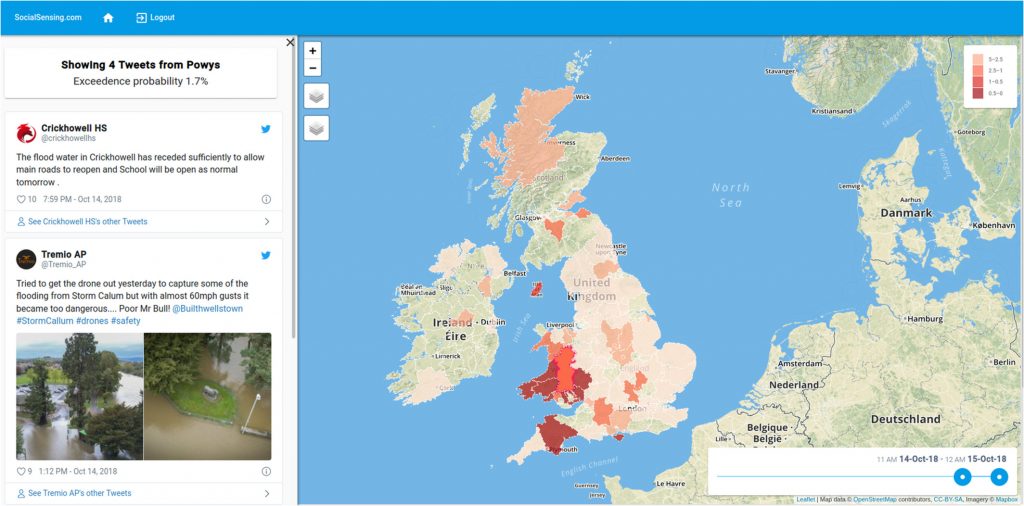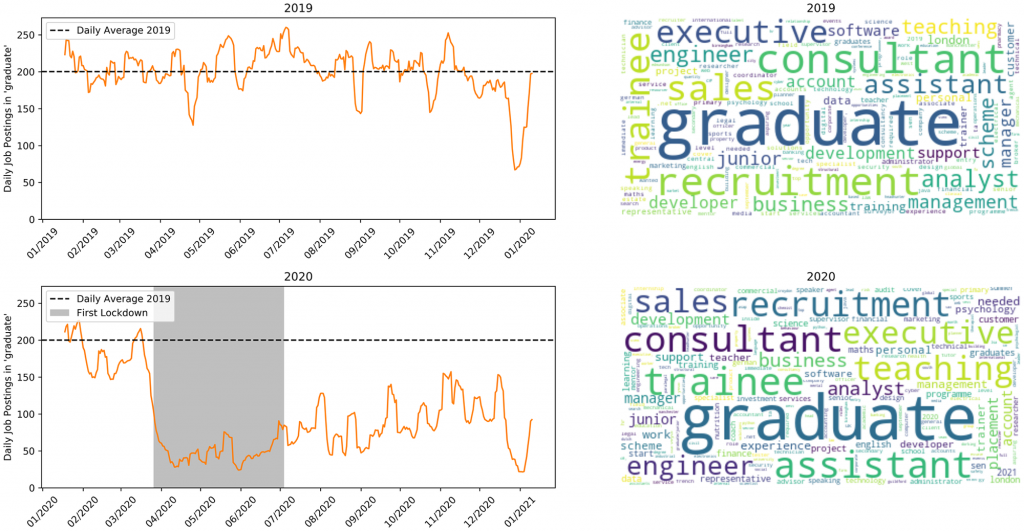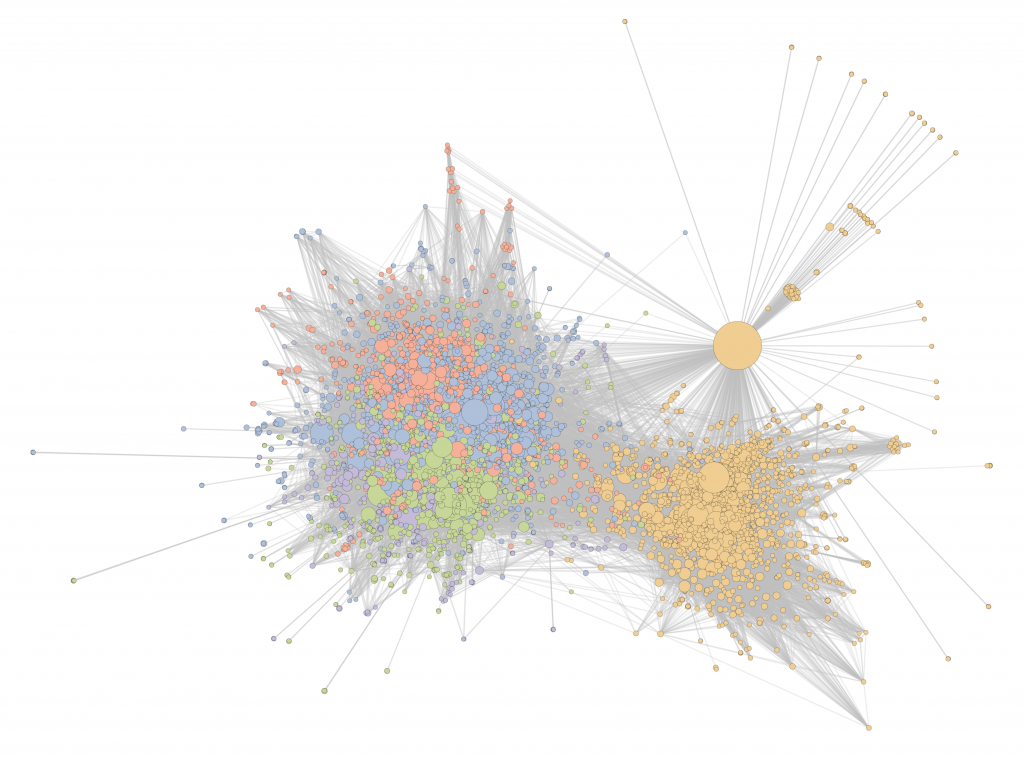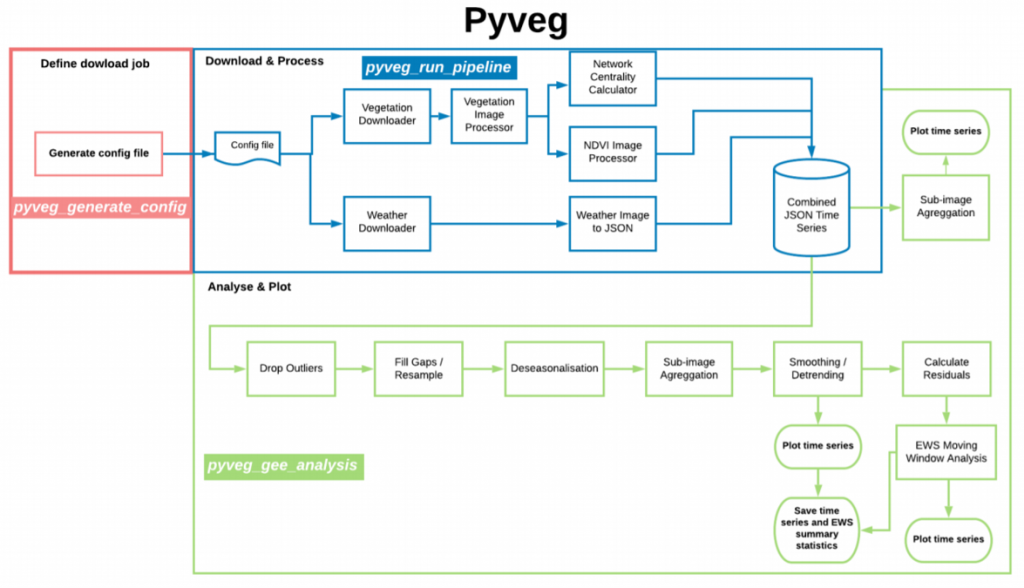Hywel and his collaborators have recently published a paper looking at how crowd-sourced data can be used for weather forecasting. The work is available online.
Crowd-sourced observations (CSO) offer great potential for numerical weather prediction (NWP). This paper offers a synthesis of progress, challenges and opportunities in this area based on a special session of the EWGLAM Meeting in 2019, concentrating on high-resolution limited-area models (LAMs). Two main application areas of CSO are described: data assimilation and verification. One part of data assimilation developments concentrates on smartphone pressure observations, which represent a large volume of data. However, special care has to be taken about data protection and the quality of observations. In this paper, two examples are presented: the SMAPS experiment from Denmark and the uWx experiment from the United States. Another data assimilation topic is citizen observations with low-cost weather sensors; here an example from Norway is presented using Netatmo stations. The other application area is the use of CSO for model verification. One novel method developed in the United Kingdom is applying social media data to detect severe weather events. This approach is especially important because one future application area of LAM NWP models is impact-oriented warnings.





